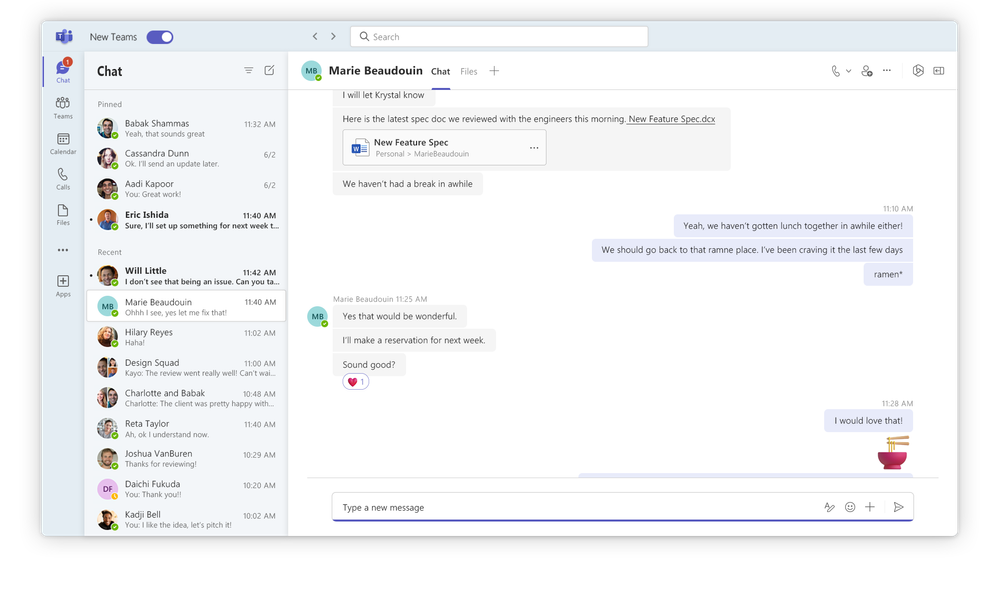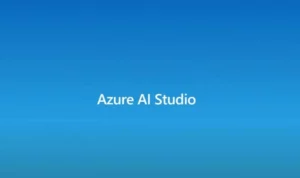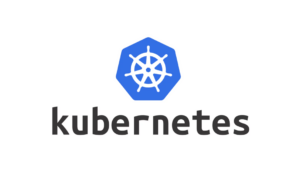Introduction: Microsoft Teams’ Recent Evolution
The new Microsoft Teams app has officially been released for both Windows and macOS. In this iteration, Microsoft has made significant efforts to revamp Teams, aiming to enhance its performance and flexibility.
Feature Breakdown: Exploring the Upgrades in the New Teams App
Let’s delve into the specifics of this release.
Firstly, Microsoft is striving to streamline cross-organization teamwork through the new Teams app. The app’s memory usage has been optimized, with a goal to create a collaboration experience that is faster and more efficient.
Additionally, it’s tailored to support multi-tenant needs, simplifying collaboration across various groups. For licensed users, the new Teams app introduces the Copilot experience, leveraging generative AI for a seamless collaboration and productivity journey.
The Significance and Challenges: Navigating the Teams App Transition
Now, why is this significant? This marks the most substantial upgrade for Teams since its inception—faster, sleeker, and less resource-intensive. However, there’s a catch. Not all existing Teams apps will seamlessly transition; some may require updates. Microsoft is banking on the future of the modern employee with this new Teams app, where all the innovative features will exclusively reside.
Release Schedule: Planning for the Transition
For those in the Monthly Enterprise Channel, anticipate the new app in December 2023. As for the Semi-Annual Enterprise Channel, mark your calendars for January 2024.
For further details please feel free to reach or refer to the official announcement here: The New Microsoft Teams





